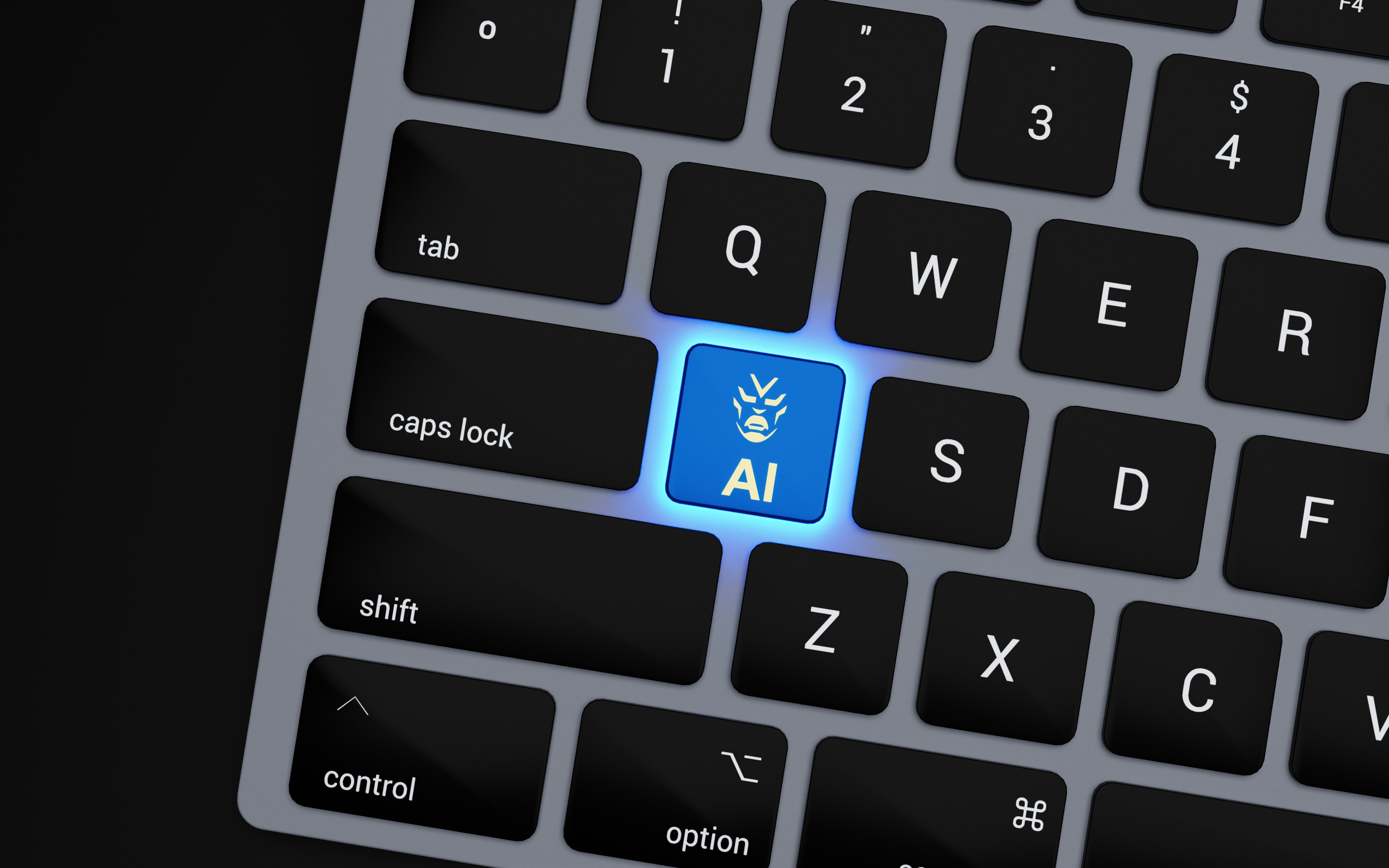AI Risk Assessments
Generative AI introduces new cybersecurity threats and can amplify existing risks, exposing your critical assets to harm. As organizations rapidly adopt AI, they must navigate evolving AI regulations and protect their digital assets, employees, and customers. Our AI risk assessments use data-driven FAIR™ frameworks to identify threats, quantify impacts, and develop mitigation strategies that safeguard your business and users.



A data-driven approach to GenAI risk assessments
As regulatory requirements evolve to address AI security, cybersecurity leaders face increasing pressure to establish robust GenAI risk management practices.
Data-drivenAI risk assessments provide a foundation for understanding GenAI risks and meeting emerging regulatory requirements. Assessing your GenAI solutions through a data-driven lens, you can identify potential exposures, quantify impact, and develop defendable strategies that align with business objectives and mitigate risk.


Quantifying GenAI risk
For each Gen AI solution, we go through a structured process to identify critical assets (data, models, applications), map potential threat actors, analyze attack vectors (prompt injection, model poisoning), and assess potential impacts on confidentiality, integrity, and availability.
- Start with a high-level estimation of Loss Event Frequency
- Focus on an accurate estimation of Loss Magnitude
- Identify most probable loss per event
- Identify resilience controls
- Go deeper to model preventative control treatment options
Our quantitative risk assessments integrate the FAIR™ framework to help leaders make informed decisions on resource allocation, control implementation, and risk acceptance. This methodology allows organizations to balance innovation with appropriate risk management, ensuring GenAI adoption aligns with organizational risk tolerance.

Assess all GenAI deployment across your digital environment. Is it a public LLM like ChatGPT, a pre-trained AI solution using your data or are you training your own model?
For each solution, identify critical assets (data, models, applications), potential threat actors, attack vectors (prompt injection, model poisoning), and possible impacts on CIA triad.
Senior executives may not have IT expertise, but they are increasingly aware of cyber risks. CRQ quantifies risk in financial terms, which can inform decisions on resource allocation and cyber risk oversight.
Bring clarity to your GenAI risks with quantitative assessments
Talk to a C-Risk expert
Our team of cyber risk experts model and measure your GenAI risk using industry standard frameworks like FAIR, providing you with strategic risk management insights.

GenAI Kill Chain - understanding how GenAI amplifies existing risk scenarios
Threat actors use GenAI to scrape organizational information and dark web data, creating more comprehensive target profiles
GenAI enables cybercriminals to create convincing phishing campaigns targeted at privileged users
Attackers who compromise an account with access to internally connected LLMs, like Copilot, can rapidly learn about the environment and exploit the information
Data exfiltration is enhanced by GenAI's ability to identify valuable data and classification systems
C-Risk supports GenAI Deployment
C-Risk supports risk and security leaders in their work to develop and deploy GenAI solutions in their organizations with data-driven AI risk assessments.
Would you like more information?
Contact us.
We look forward to hearing from you.
Here are some answers to your commonly asked questions.
What is generative AI?
Generative AI is a category of artificial intelligence that generates new content based on training data. It is capable of creating new text, images, or other media that appears to be created by humans.
What is shadow AI?
Shadow AI or shadow GenAI are terms that refer to the unsanctioned use of AI tools and technologies and applications by employees of a company without organizational oversight or approval by the IT department.
What makes GenAI risks different from traditional technology risks?
GenAI introduces unique challenges including unpredictable outputs, potential data extraction through prompt engineering, model poisoning vulnerabilities, and the ability to amplify existing cyber threats.



